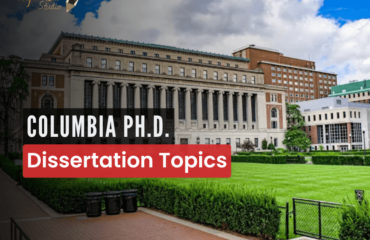
It is a long established business reality that Organizations prosper and grow through their people not their products. Chiboiwa et al. (2011) argued that, having a highly efficient and vigilant work force increases an organizations effectiveness and productivity. Due to the volatile and constantly changing economical situation of today, most organizations face the challenge of developing an effective HRM strategy for managing their human resource.
By designing an effective strategy for a useful employee management, organizations can achieve operational excellence and reach their desired goals and objectives at a minimum time span. It is then the manager’s responsibility, to develop a short, medium or long term strategy, suitable to: the size of the work force, resources allocated and nature of problems faced by the enterprise.
The employees must also realize their responsibilities towards their organization, and know how they can maximize their collective efforts towards achieving the organizational goals and objectives. Employee motivation is the key towards, increasing an organization’s chances of a speedier achievement of operational goals. Employee motivation is not just based upon tangible incentives, but monetary benefits surely play an important role in motivating them towards performing their jobs better. Nazir et al. (2012) discusses and analyzes the importance of a well balanced pay package, to fully utilize the work force capabilities for reducing organizational costs.
Fiscal rewards play a huge role in gratifying employee’s internal instincts. Literature reviews suggest countless ways to facilitate employee interests, as reward and incentive packages must be designed and tailored to the needs and preferences of employees. Hence, improved communication strategies not only play an important part by engaging the employees as they feel a part of the organization’s strategy, but they also increase their commitment and interest levels, which ensures successful attainment of organizational goals.
Internal communication also plays a vital role in addressing these benefit packages to the employees to make them feel needed and cherished. An effective communication strategy creates awareness amongst the employees, regarding their shareholder worth as being an asset to the organization. Cross cultural training is also an effective investment, for increasing employee commitment.
More recent studies (Paauwe 2004) show that, the H.R.M functionis a major organizational responsibility, with perfectly laid out guidelines which must be abided. Its purpose is not solely financial, it is also to ensure whether the organization is following its national and international legislation, and trade union agreements. Major role of the H.R.M function, is to develop a keen sense of “Corporate citizenship”, amongst all the employees. The exchange relationship that exists, between the Human resource and the organization, involves not only elements of time, effort and money, but also of, good will, mutual respect, competencies and expertise, knowledge and learning etc. People within an organization; share most of their time together,rather than their families. So, it is exceptionally important to shape that relationship, in such a way that it becomes a useful asset for the organization and adds to its image and ideology, not just economic feasibility.
Explore the profound impacts of aging with Assignmentstudio. Our research illuminates the Effects of Aging, offering insights crucial for healthcare professionals, policymakers, and individuals navigating the complexities of aging populations.

Despite the tough tasks encompassing the economic rationality, H.R.M also represents the moral values of the firm, principles of legitimacy and fairness. Fairness may relate to the Organization and Society in general, or between the organization and its: stake holders, Government and Judiciary, trade unions and councils to be more specific. So the term Strategic human resource management entails the concept of fairness on terms of improving an organization’s productivity and ensuring its continuity. At the same time, it also encompasses the uniformity of the human element by benefiting the workforce and creating: solidarity, commitment to participation and mutual trust.






